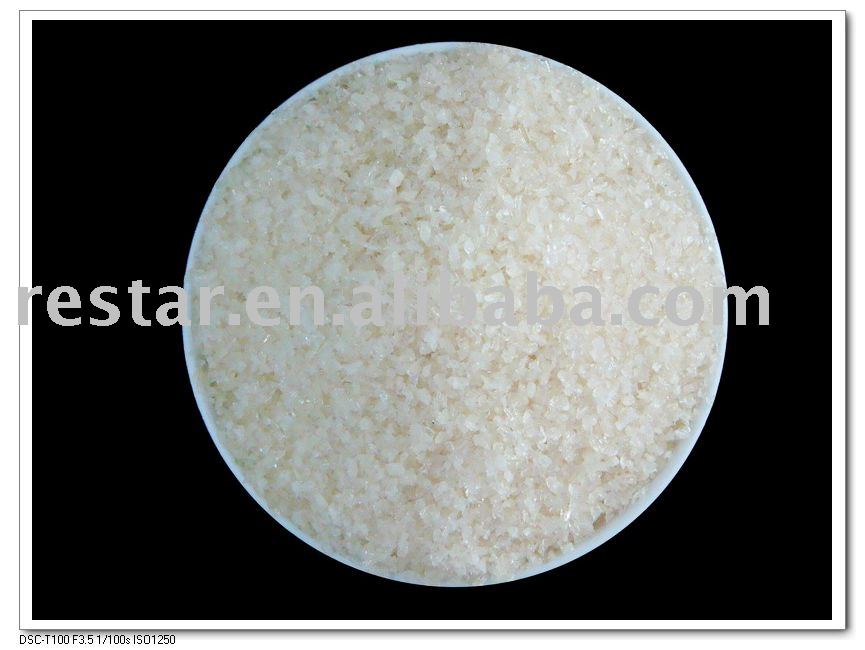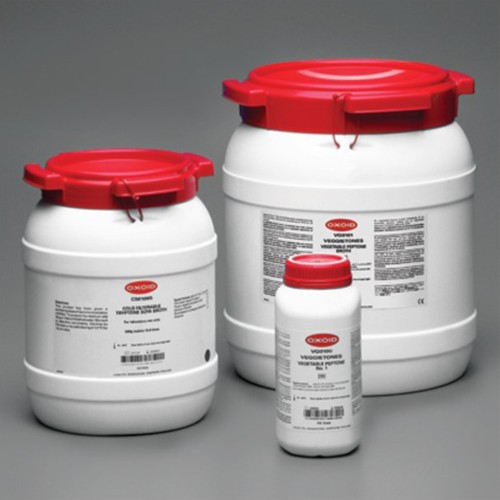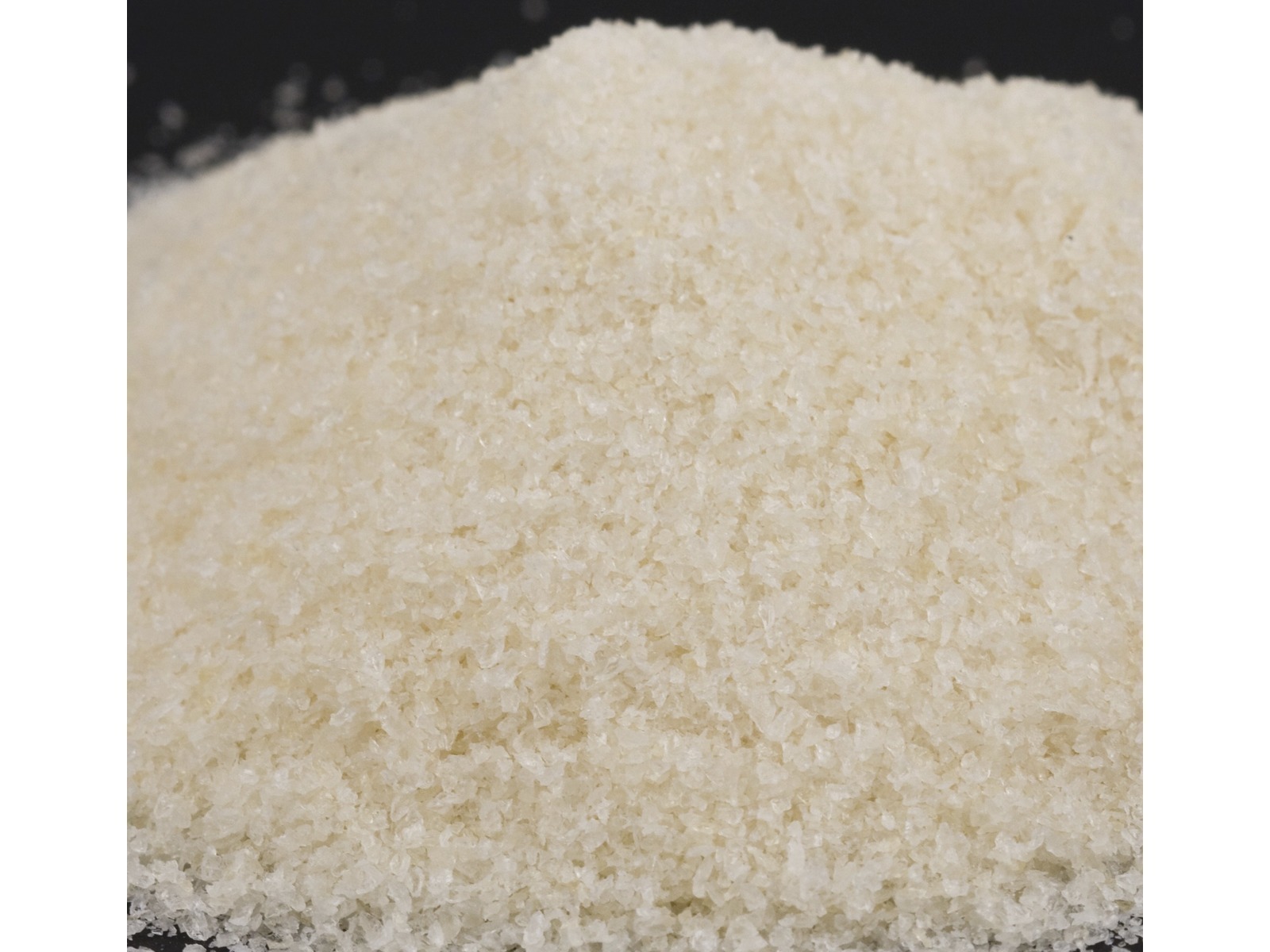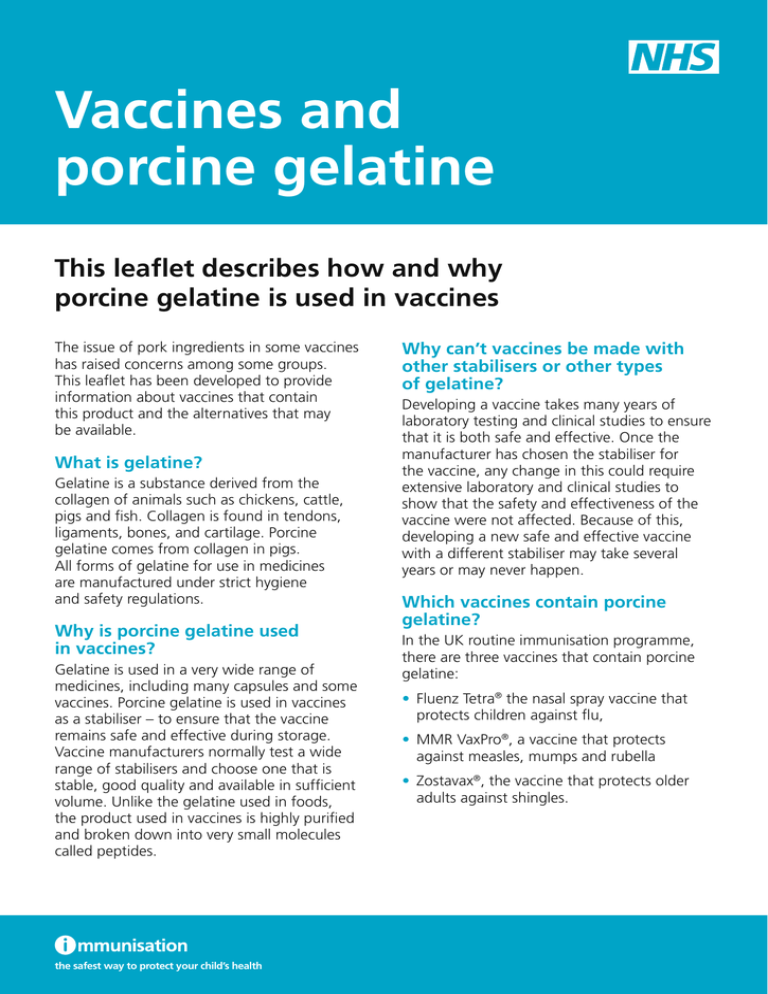
Keywords: gelatin, muslim, halal, fish, chicken, islam, religion Introduction This review could be useful in providing information to a large number of readers and food processing companies to minimize or if possible eradicate the use of porcine-derived gelatin in commercial food and medicinal products. Therefore, we highlighted different porcine alternative derived gelatin sources and also methods to detect edible product contents pork or other haram stuff. However, in recent times initiatives have been taken in producing gelatin from Halal sources, such as fish, chicken and bovine slaughtered according to Islamic teachings. Though the use of food products adulterated with porcine-derived gelatin create concerns in the mind of Muslim communities, as in Islam it is not acceptable or literally, it is called Haram in Islam Religion. The major source of gelatin is pigskin and is using in processed food and medicinal products. The differences in biological response between investigated construct types emphasises the necessity to characterise and standardise biomaterials before translating in vitro tissue engineering research to preclinical applications for articular cartilage injuries.Gelatin is a traditional functional protein with water-soluble properties and has the potential of forming transparent gels under certain conditions.

In summary, hydrogel constructs prepared with bovine-derived GelMA and photocrosslinked with Irgacure 2959 and 365 nm light displayed properties most similar to native articular cartilage after 28 days of cell culture.
#Porcine gelatin effecra free#
A reduction in cell viability was noted in all samples at day 28, potentially due to the generation of free radicals during photocrosslinking or cytotoxicity of the photoinitiators. mPCL reinforcement correlated with increased accumulation of collagen I and II in B-IC, B-LAP and P-IC groups compared to non-reinforced hydrogels. Gene expression analysis revealed upregulation of chondrogenic marker genes in IC-crosslinked groups, whilst dedifferentiation gene markers were upregulated in LAP-crosslinked groups.

Compressive moduli correlated with an increase in total glycosaminoglycan (GAG) content for each group. The compressive moduli of all groups increased after 28 days of cell culture, with B-IC displaying similar compressive strength to that of native articular cartilage (∼1.5 MPa). Bulk physical properties, cell viability and biochemical features of hydrogel constructs were measured at day 1 and day 28 of chondrogenic cell culture. Chondrocyte-laden hydrogels reinforced with multiphasic melt-electrowritten (MEW) medical grade polycaprolactone (mPCL) microfibre scaffolds were prepared using bovine (B) or porcine-derived (P) GelMA, and photocrosslinked with either lithium acylphosphinate (LAP) and visible light (405 nm) or Irgacure 2959 (IC) and UV light (365 nm).

The purpose of this study was to determine the effects of gelatin source and photoinitiator type on the redifferentiation capacity of monolayer-expanded human articular chondrocytes encapsulated in GelMA/hyaluronic acid methacrylate (HAMA) hydrogels. However, a lack of characterisation and standardisation of fabrication methodologies for GelMA restricts its utilisation in surgical interventions for articular cartilage repair.

Gelatin methacryloyl (GelMA) hydrogels are a mechanically and biochemically tuneable biomaterial, facilitating chondrocyte culture for tissue engineering applications.


 0 kommentar(er)
0 kommentar(er)
